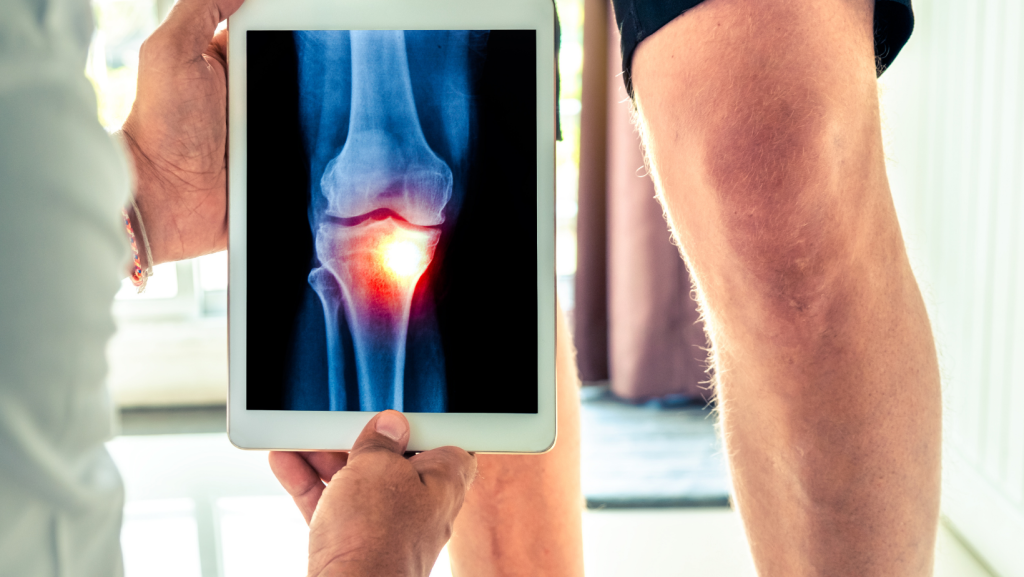Breaking The Chains of Chronic Pain – Part 1: Physiological Benefits of Exercise



Affecting approximately 1 in 5 Australians, chronic pain is a lot more common than many…
adminApril 28, 2023






